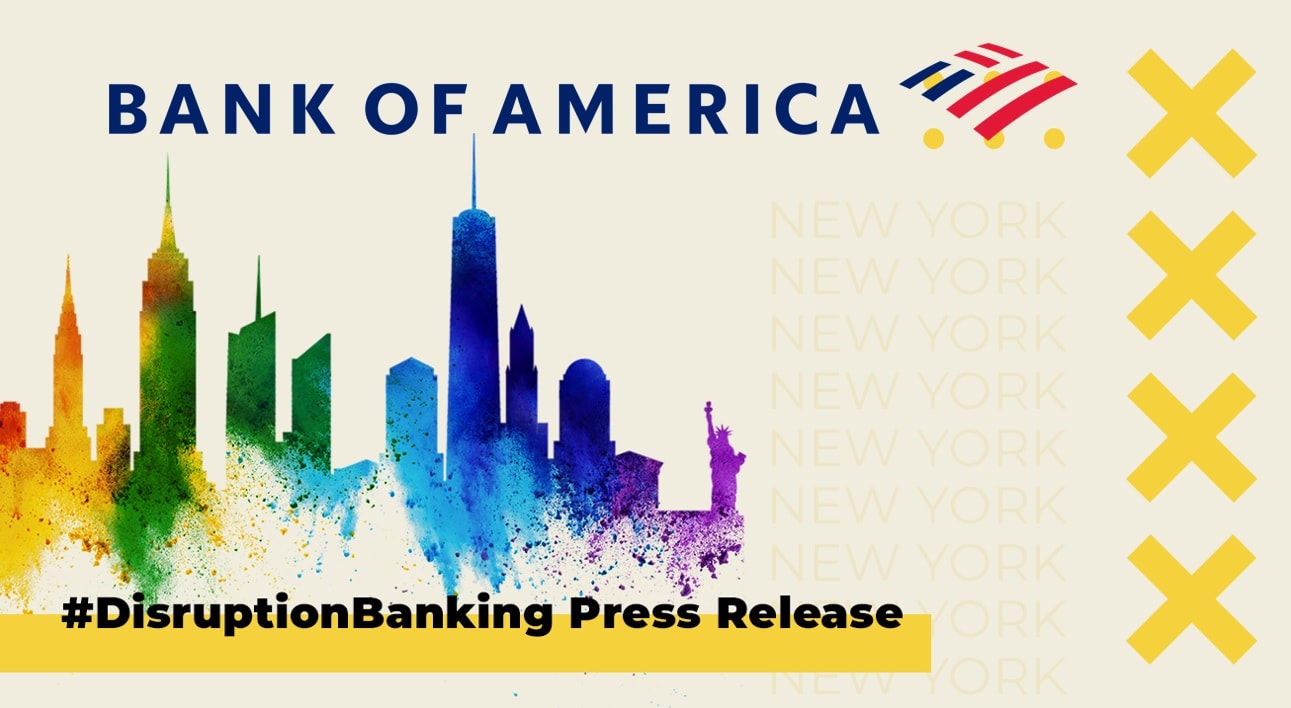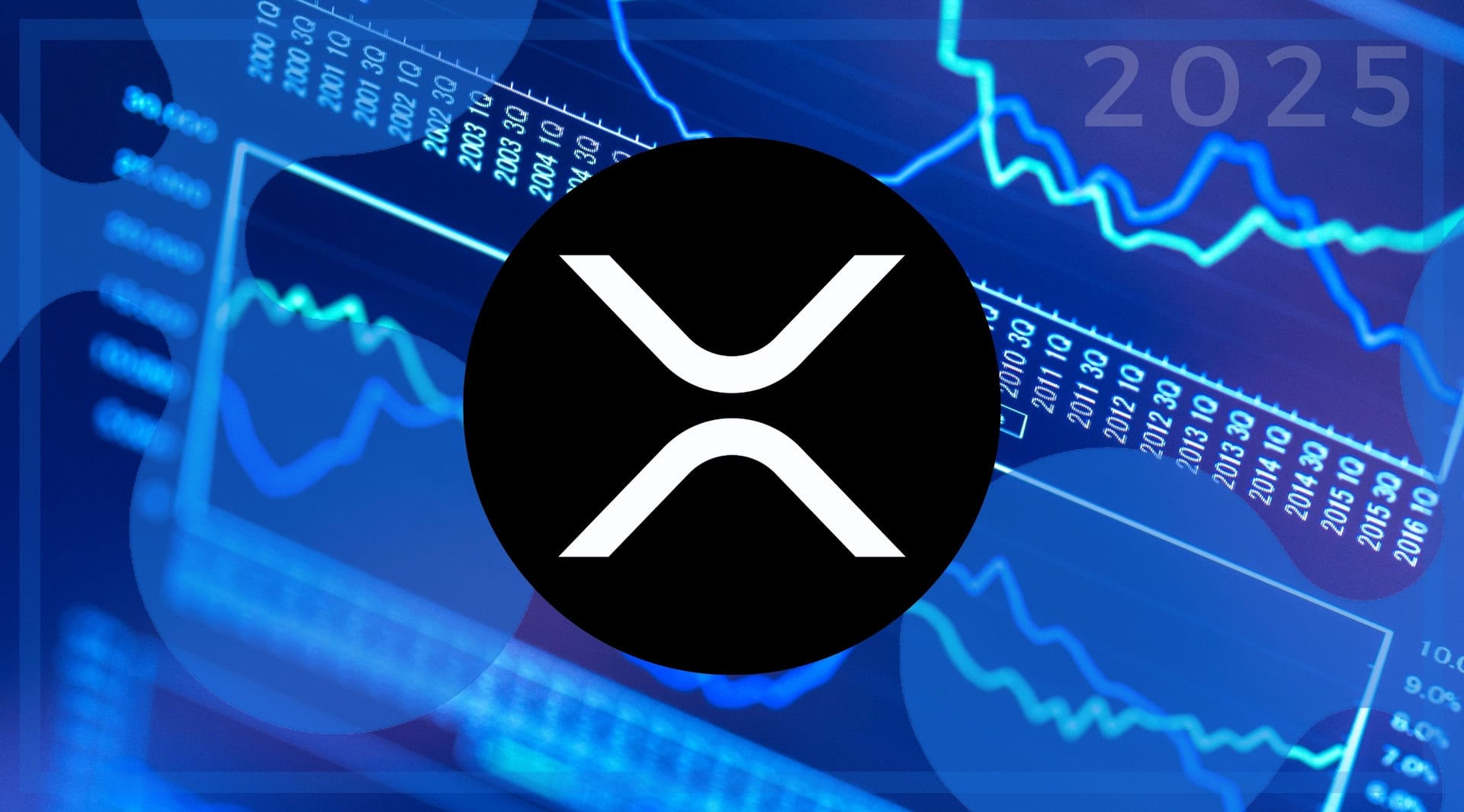The market has shown signs of extreme turbulence due to the perceived combination of:
- The unwinding of the decade-long yen carry trade
- A US economy whose cracks have now become visible fractures
- A hesitant US Federal Reserve slow to cut rates despite multiple warning signals
Importantly, the megacap tech names that steer common benchmarks have shown genuine vulnerability. As US statistics like employment and the PMI have disappointed expectations and, at the same time, the Bank of Japan has raised interest rates more than expected, investors and speculators may have faced margin calls forcing them to unwind the yen carry trade.
It appears that significant capital from the yen carry trade had been used to pile into megacap stocks, which may now be experiencing a correction in light of these macro developments. We encourage investors to reassess portfolio concentration risk and consider ways to diversify exposure.
While these types of selloffs are sparked by market fear and risks to consensus positions, they often create pockets of opportunity. Historically, these condensed bouts of volatility lead to a market rotation that can favour a broadening out away from the contributors of this volatility.
In our view, though disruptive innovation may be susceptible to volatility in this climate given its relatively high beta nature and the unknown length of this market shock, it may benefit from a resultant, more receptive Fed, a general broadening out away from the prior consensus, and a light being shed on the shift of inflation to disinflation.
RECENT DRIVERS OF MARKET TURBULENCE
The widespread market turbulence experienced thus far in August may be driven by three developments:
Unwinding of a Decade Longer Carry Trade BoJ Rate Hikes
- Over the last decade, investors have benefited from using Japan’s low (or even negative) interest rate environment to execute a “carry trade” – that is, to borrow (or “short”) Japanese yen or government bonds in favour of reinvesting that capital in other areas with higher yield and/or potential reward, such as US Treasuries.
- According to industry estimates, as much as USD $20 Trillion may have been directly or indirectly allocated to this carry trade, which is roughly 15% of the global equity market capitalization.
- On July 31, The Bank of Japan (BoJ) raised its key interest rate to about 0.25% from a range of zero to 0.1%, perhaps to curb the yen’s depreciation against the U.S. Dollar. The central bank also added it would reduce the monthly bond-buying to JPY 3 trillion in January-March 2026 from the current pace of around JPY 6 trillion to pursue a more normal monetary policy.
- While the US Federal Reserve (The Fed) kept rates unchanged in July, market participants appear to have begun unwinding this carry trade, perhaps out of necessity (i.e., margin calls).
- The markets reverberated violently as a result, and it appears that unsuspected areas of the financial markets, namely broad indices highly concentrated into the “Magnificent 6”, may have been buoyed up by this leverage, creating a liquidity spiral as forced sellers unwound this carry trade.
Perhaps investors wanted an additional boost to yield beyond assets such as US Treasuries by purchasing megacap stocks that had high cash balances, dividend issuance, and the added boost of technological tailwinds.
- As we have highlighted this year, the interconnectedness of the Magnificent 6’s revenue and earnings, and the concentration into these names due to the popularity of market capitalization-weighted indices, can lead to outsized risk in client portfolios that warrants examination, and the unwinding of this carry trade provides a new case in point.
- Japan’s stock market saw its worst single-day crash since 1987 on August 5th and the Magnificent 7 stocks erased close to $1 trillion in market cap in a single day. The market is now trying to understand how much debt still needs to be unwound and who could be left holding the bag.
Slowly and Then All at Once: Weakening of the US Economy Can No Longer Be Ignored
- Exacerbating markets, cracks in the US economy started to become increasingly visible as last week’s PMI and employment numbers underscored weakness: US ISM Manufacturing PM decreased -3.5% month-over-month as the US unemployment rate climbed 0.2% month-over month to 4.3% in July.
- We believe that the US economy has been tiptoeing through rolling recessions, as exemplified by weakness in commercial real estate now bleeding through to multi-family, a stall in auto sales to sub-normal expansion rates, a fall in capital spending, and a relapse of consumer confidence.
However, the Fed has been hung up on persistent inflation and the idea that inflation has been the key economic problem may have been misplaced. Those looking beyond core inflation figures would have seen that prices have come down dramatically across wholesalers and retailers, while ARK’s concerns of potential disinflation appear to be coming to fruition.
- The weakness in these leading indicators is now being felt in lagging indicators that even the Fed cannot ignore, and the market now may be reassessing how hard a landing we could truly be in for, even if the Fed shifts its mindset in response. We’ve seen a massive shift in consensus views.
The Fed Has Been Slow to React: Lack of July Cuts
- Importantly, the Fed isn’t just late to the rescue, it hasn’t even responded to the call yet. The market turbulence is showing how dire the economy may be and how any procrastination in rate cuts can be detrimental.
- As of recent, the market was widely expecting rate cuts to begin in September, but this market shock has triggered calls for more timely rate cuts. In fact, Economist Jeremy Siegel stated that tthe Fed should make an emergency cut of 0.75% after Friday’s unemployment data ahead of another 75 basis point cut indicated for September. The market agrees – it is pricing in a 60% chance of an emergency Fed cut as of August 5th.
- The question is whether forthcoming rate cuts, whether on an emergency basis or not, will be too little too late, or the remedy for which the markets have been waiting. One thing is for certain, this bout of uncertainty has underscored risks to the latest consensus bets and clients are reassessing their exposures in light of updated short- and medium-term market outlooks.
MARKET SHOCKS OFTEN CREATE INVESTMENT OPPORTUNITIES
This market turbulence underscored a more abrupt economic slowdown than many anticipated, shed light on the lack of diversification in investor portfolios, and, importantly, may have created an investment opportunity for a market rotation. We start by comparing the impact of this market shock to historical events, examining how prior shocks have created buying opportunities historically, and finally discussing why a broadening out due to this recent market shock could potentially benefit disruptive innovation.
Historical Comparison of Periods with Condensed Volatility
- This recent market shock was one of the most volatile events in recent history. The VIX Equity Volatility Index shot up to 65 on August 5th, the fourth highest level in the past 40 years: “portfolio insurance” failed on Black Monday in October 1987, Lehman Brothers went under in 2008, and COVID hit in 2020.
What does this move mean? Using history as a guide, other cases of condensed, short-term volatility created investment opportunities:
-
- In 1987 and 2020, the panic/cathartic moves in the VIX created significant buying opportunities, particularly for stocks trounced during those downturns.
- In our view, the spike in the VIX on August 5th stems from conditions resembling both 1987 and 2008. On Black Monday in 1987, portfolio insurance failed because those relying on it tried to cash out at the same time, much like those relying on the carry trade with Japan today. Delivering consistent returns over many years, the yen carry trade probably was leveraged and is hurting macro-oriented strategies disproportionately today. Like 1987 and unlike 2008, its impact could be limited.
- In 2008, however, after the VIX spiked, the broad-based equity markets did not bottom for another six months in March 2009. The volatility surrounding the Global Financial Crisis of 2008/2009 was likely warranted in light of the vast amount of leverage in systemically important financial institutions relating to debt they held. Inventorying risk globally was painful and resulted in a great recession, and the financial sector was under enormous pressure. That said, it created an incredible buying opportunity months later and led to a longstanding bull market, especially for Technology and innovation-oriented companies.
- When the world practically shutdown due to COVID in March 2020 for obvious reasons, it created a short but profound buying opportunity during the rapid V-shaped economy. Innovation stepped into solve many problems that arose, leading to propelled performance in the stock markets.
- The unwinding of this consensus carry trade is still in discovery process, though markets have shown some resilience in the second half of the trading day on August 5th and on August 6th. Market participants do not know exactly what has or will be broken, where the potential “whales” reside, and who will be exposed. There are estimates that 50-60% of the unwinding may have occurred on August 5th, while other analysts suggest that this could play out over a longer time frame. One thing is for certain: all investors are watching the markets closely and analysing their clients’ exposures.
- Often these market shocks accelerate a rotation away from the names that contributed to the turbulence. In this case, investors may be reassessing their risk appetite to the “Magnificent 6” to instead diversify their portfolios to both manage risk and to participate in a broadening out narrative, which may have begun in earnest in July.
Disruptive Innovation Has the Potential to Benefit
- In our view, disruptive innovation will be susceptible to volatility in this climate given its relatively high beta nature, but may benefit from the shift of inflation to disinflation, technological tailwinds, a more receptive Fed, and the general broadening out.
- Today, pricing is coming down across the world as corporate margins face pressure. This is an example of “bad deflation”, where companies are forced to lower prices to deplete inventory gluts and to meet consumer demands, as opposed to “good inflation” where technological improvements drive down costs that can be passed onto consumers that sparks demand.
Technology – such as the potential for a dramatic productivity uplift through artificial intelligence – may step in to help offset the effects of price declines, and we anticipate many of our portfolio companies to benefit in this scenario, similar to how technology stepped into solve issues relating to COVID.
- While the Fed may have been looking in the wrong direction, such as lagging indicators, it has now been forced to reassess economic weakness. This market shock gave the Fed permission to be more lenient, to loosen more aggressively, to be more sensitive to systemic risk from keeping rates higher for longer. In our view, it is now clear that it will ease, and the question has become whether the Fed takes emergency measures to do so ahead of September’s meeting. The sentiment within the Fed appears to be shifting with individuals stating they will take in new data points that cannot be ignored. This may allow investors to lengthen their investment time horizon and to increase their duration.
In our view, ARK’s active strategies have already been heavily discounted due to tight monetary policy and higher interest rates during this cycle. We saw a glimpse of how the market can rotate in July 2024 when the market broadened with the Russell 2000 Index and S&P 500 Equal Weighted Index both outperforming the S&P 500 Index and Nasdaq 100 Index.
We believe that as inflation and interest rates continue to unwind, especially as catalysed by recent events, the broader market, including off-benchmark names and stocks outside of megacap names, should have compelling upside potential. We encourage investors to assess the concentration within their portfolios and asset allocation strategies, whether in passive investments or in active benchmark-sensitive strategies and evaluate the opportunity ARK’s active strategies offer to diversify away from this concentration.
In our views, clients should diversify risk in their portfolios away from concentrated, consensus bets, which tends to benefit performance following a market shock. The markets may broaden out in both a “catch-up” scenario, and – more topically – a “catch-down” scenario that we have observed over the last week.
Disclaimer:
The Editorial Team at #DisruptionBanking have taken all precautions to ensure that no persons or organisations have been adversely affected or offered any sort of financial advice in this Article.
This Article is most definitely not Financial Advice.















